In the tapestry of Norse mythology, amidst the thunderous clashes of gods and giants, the voices of goddesses often echo quietly but profoundly. While figures like Odin and Thor may dominate popular imagination, it's essential to shine a light on the powerful and multifaceted roles played by goddesses like Freyja, Frigg, and others. These divine women challenge traditional gender roles and offer a nuanced understanding of femininity in Norse culture.
Norse mythology presents a rich tapestry of divine figures, and within this tapestry, the goddesses hold significant sway, each embodying different aspects of the feminine divine. Let's delve into the roles of some of these goddesses and how they challenge conventional gender norms:
1. Freyja: The Unapologetic Sovereign
Freyja, often hailed as the queen of the Norse pantheon, embodies love, beauty, fertility, and war. She defies simplistic categorization, seamlessly blending attributes traditionally associated with both masculine and feminine spheres. Freyja's independence and assertiveness challenge the stereotype of passive femininity, as she navigates realms of desire and power with confidence and autonomy. Her chariot drawn by cats symbolizes her fierce independence and her refusal to be tethered to societal expectations.

2. Frigg: The Maternal Protector
Frigg, wife of Odin and mother of Baldr, is often depicted as the archetypal mother figure, embodying wisdom, foresight, and domesticity. However, her role extends far beyond mere domestic affairs. Frigg's knowledge of fate and her efforts to protect her son Baldr from harm showcase her agency and influence within the pantheon. She challenges the notion that motherhood confines women to passive roles, instead demonstrating the strength and determination inherent in nurturing and protecting life.

3. Skadi: The Wild Huntress
Skadi, a lesser-known goddess, embodies the untamed forces of nature and the wilderness. As a huntress and a ski goddess, she represents independence, resilience, and self-sufficiency. Skadi's marriage to Njord, a sea god, highlights her willingness to defy societal norms and pursue her desires, even if it means traversing unfamiliar territories. Her presence in Norse mythology underscores the importance of embracing the wild and reclaiming one's autonomy in the face of societal expectations.

4. Hel: The Keeper of the Underworld
Hel, daughter of Loki, presides over the realm of the dead, Helheim. Often depicted as half living and half dead, she challenges conventional beauty standards and offers a complex portrayal of life and death. Hel's domain is not one of punishment but of inevitability, reflecting the cyclical nature of existence. In embracing her role as the guardian of the afterlife, Hel demonstrates that femininity encompasses both light and darkness, creation and destruction.

In conclusion, the feminine divine in Norse mythology transcends simplistic stereotypes, offering a complex and multifaceted portrayal of women's roles and identities. Freyja, Frigg, Skadi, Hel, and other goddesses challenge traditional gender norms, showcasing the diversity and strength inherent in femininity. By exploring their stories and attributes, we gain a deeper understanding of Norse culture and mythology, as well as timeless lessons on empowerment, agency, and resilience.

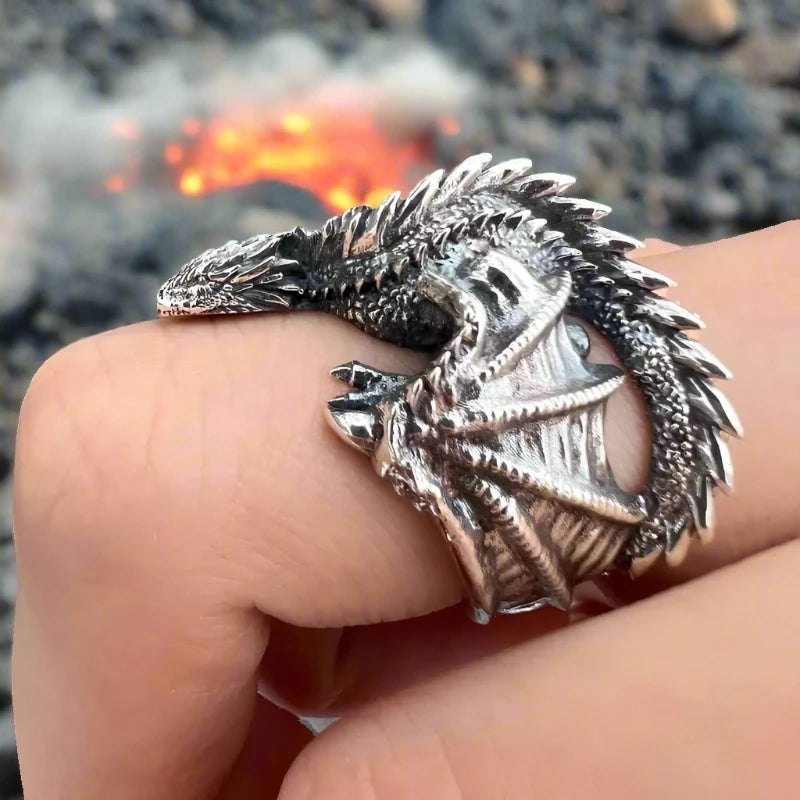
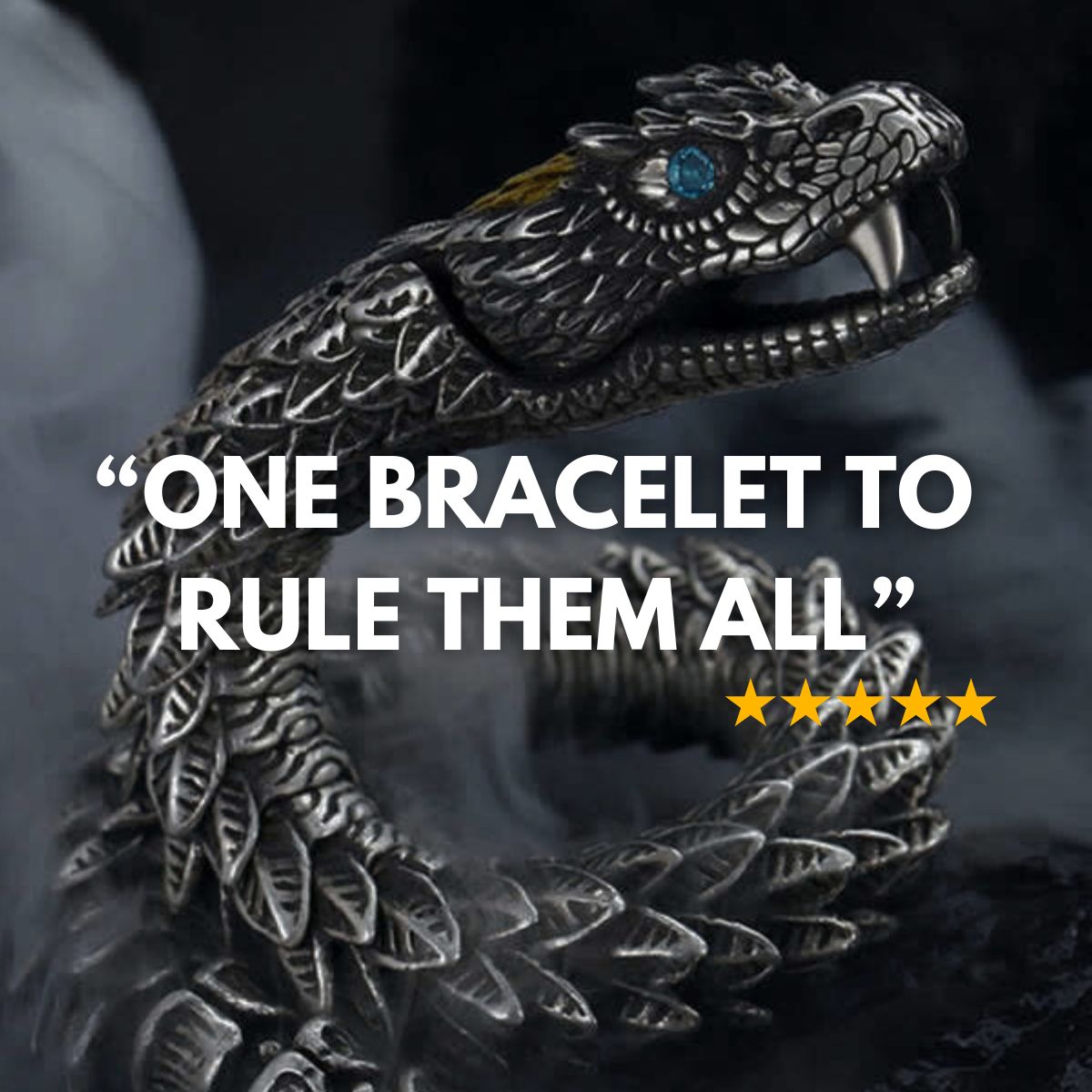
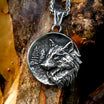
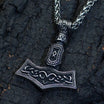
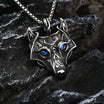
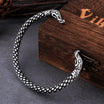
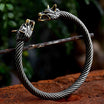

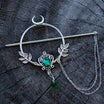


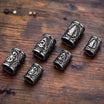
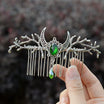
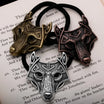

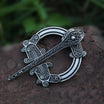

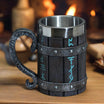
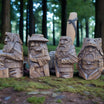
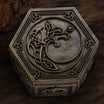
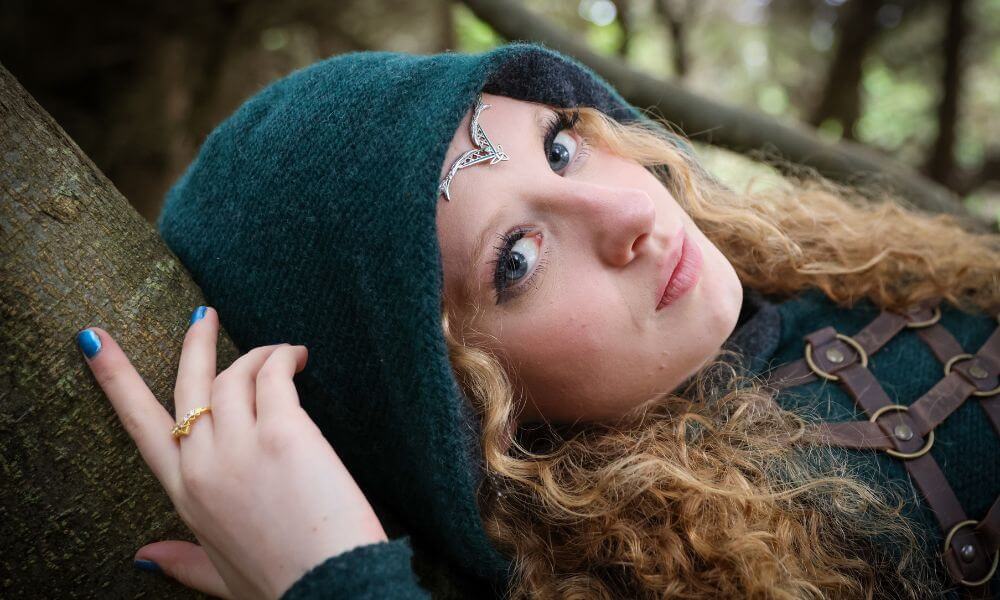
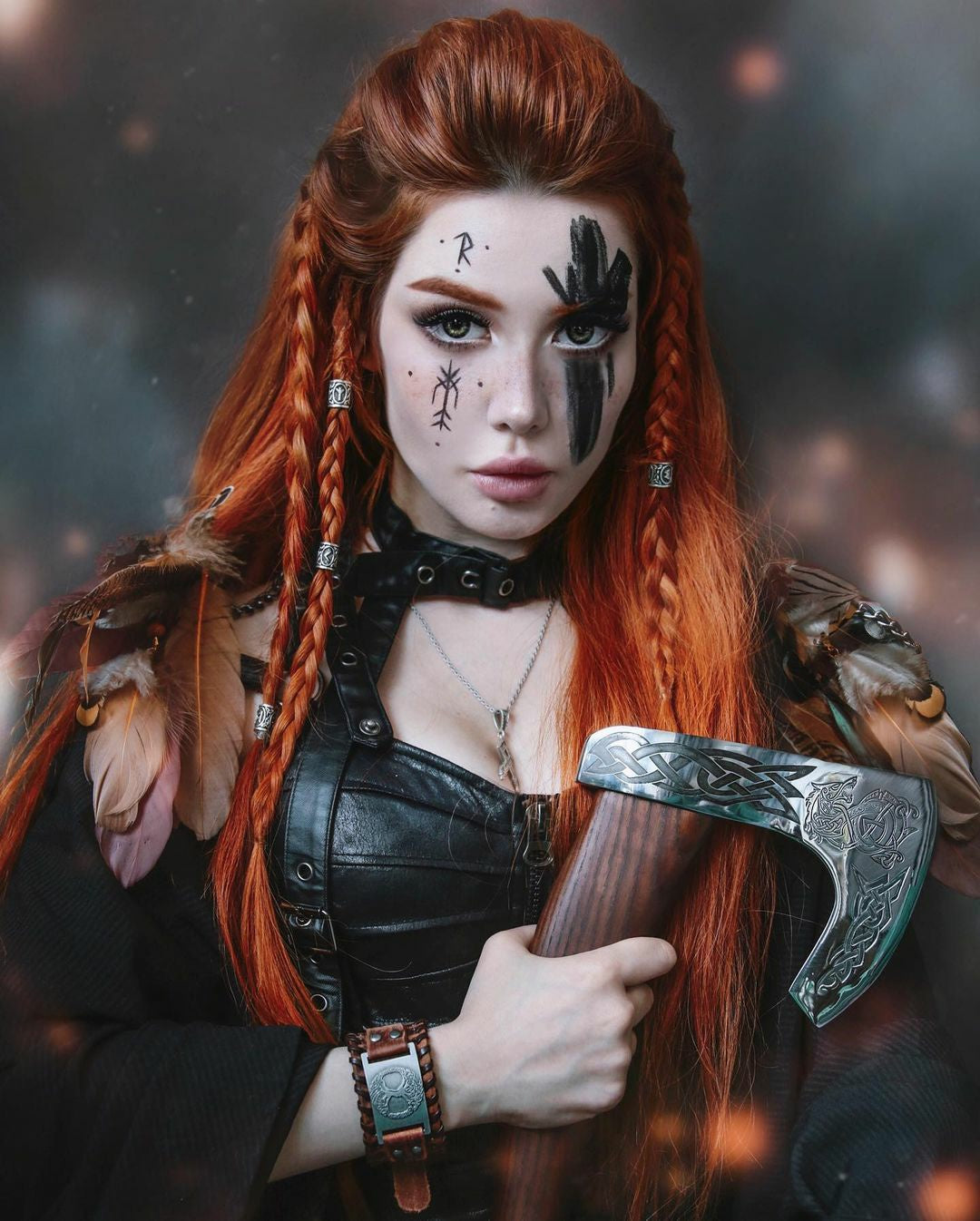
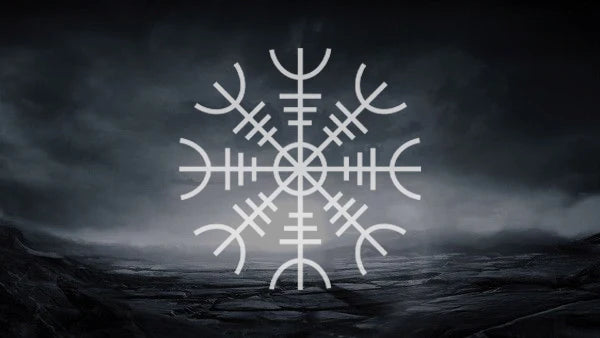
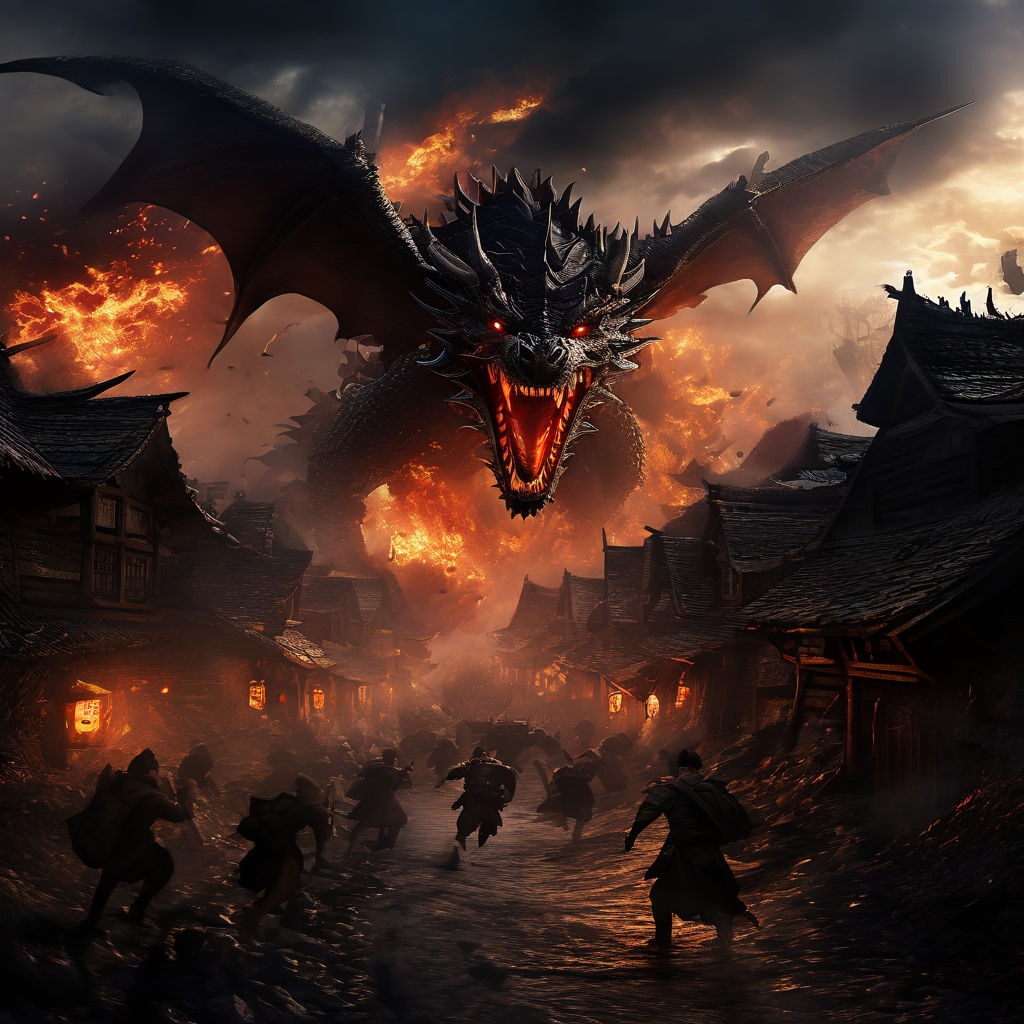
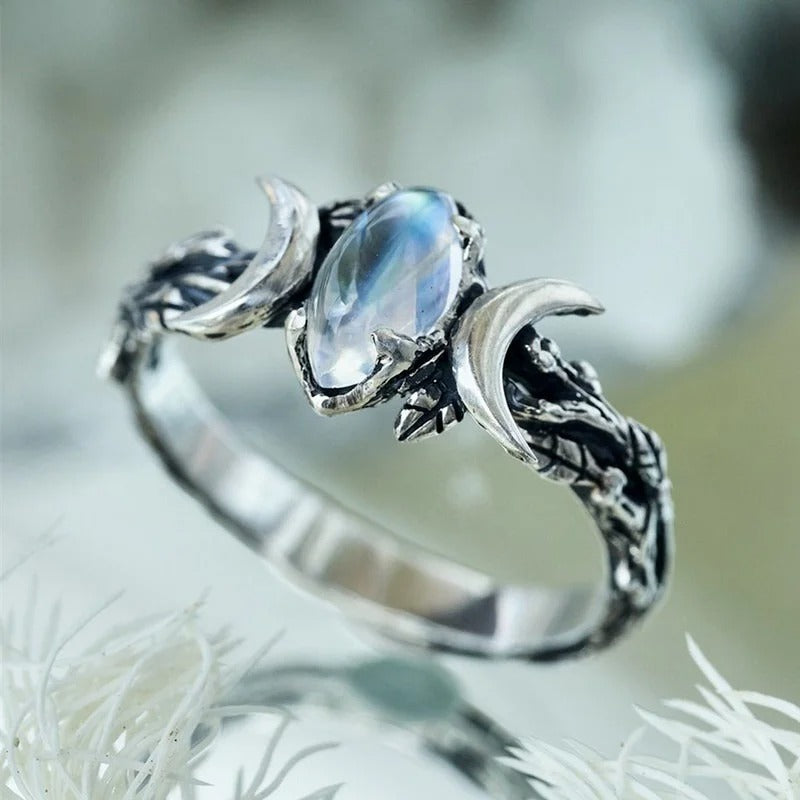

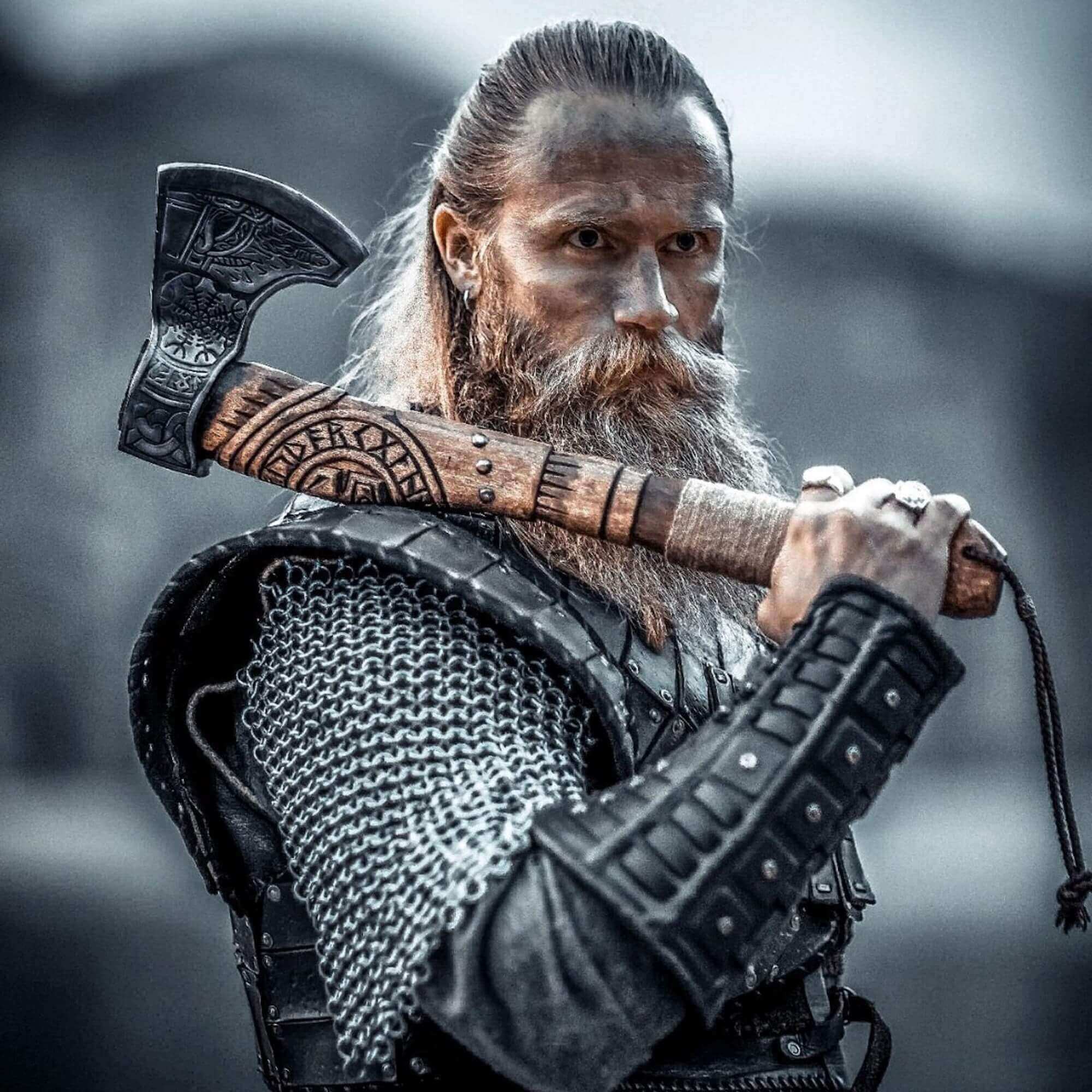
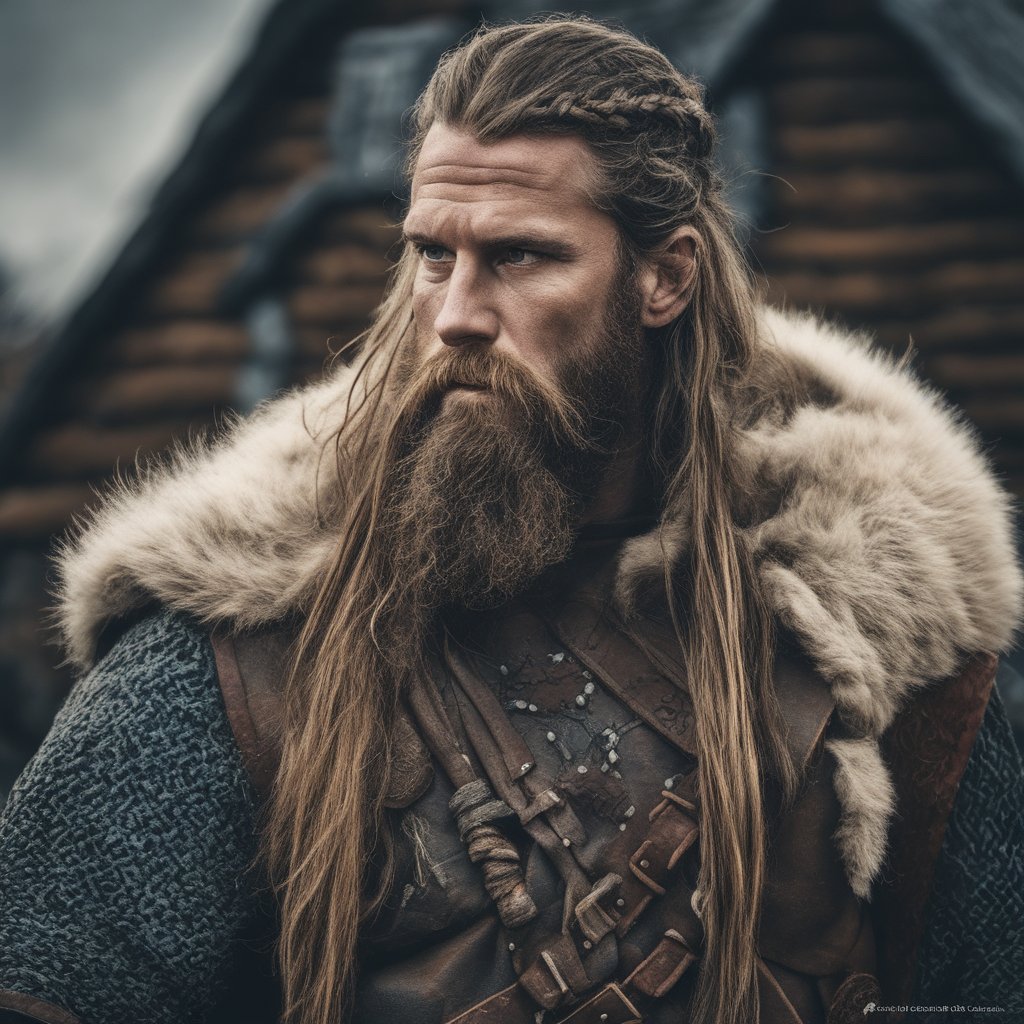
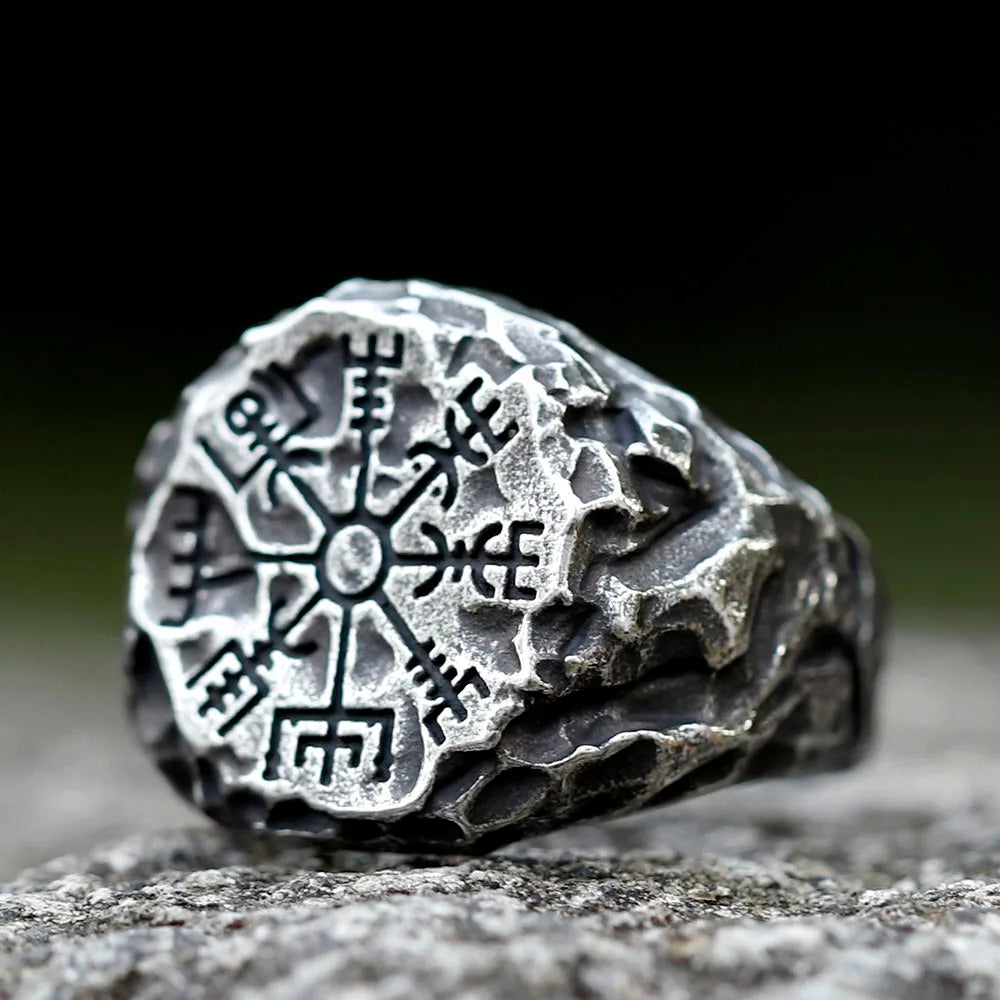
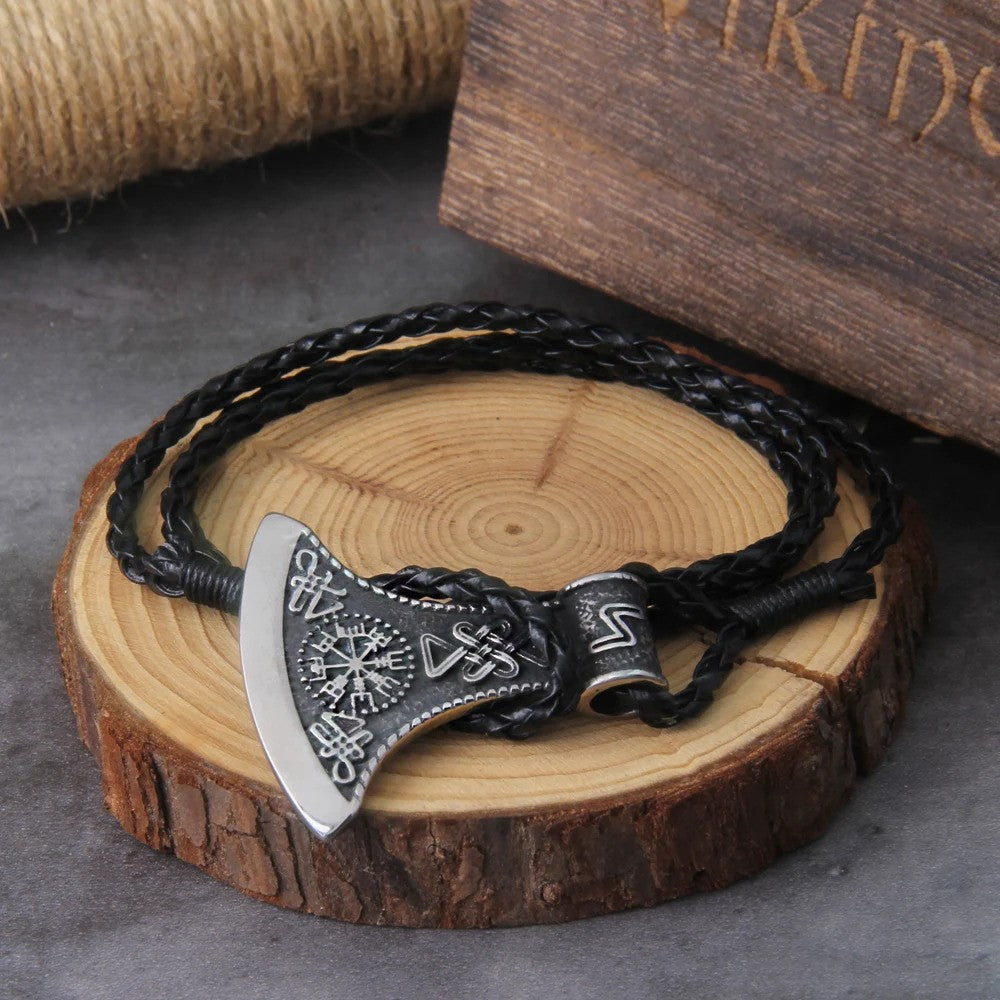
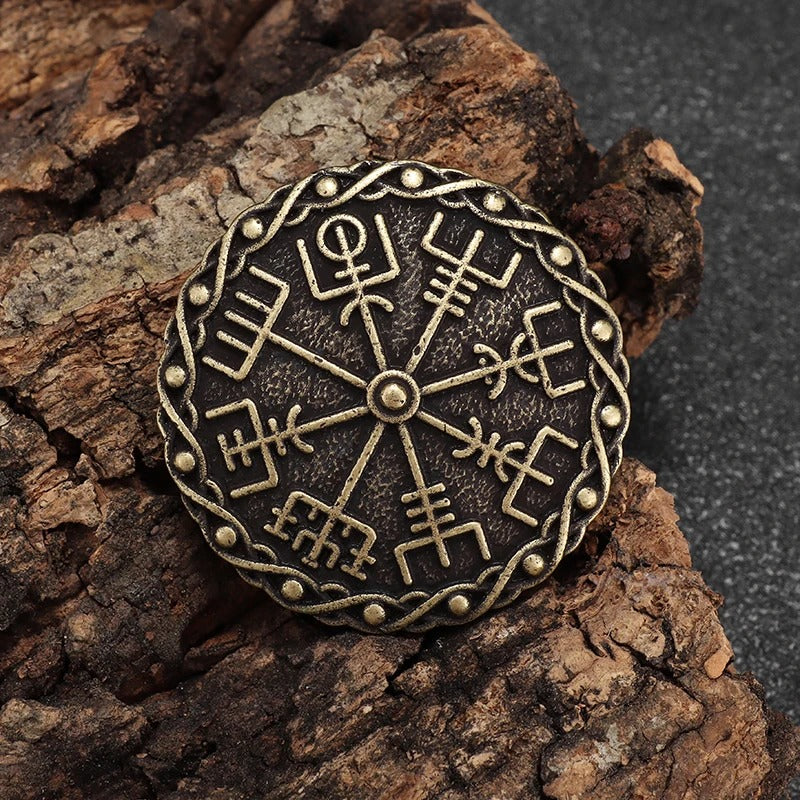
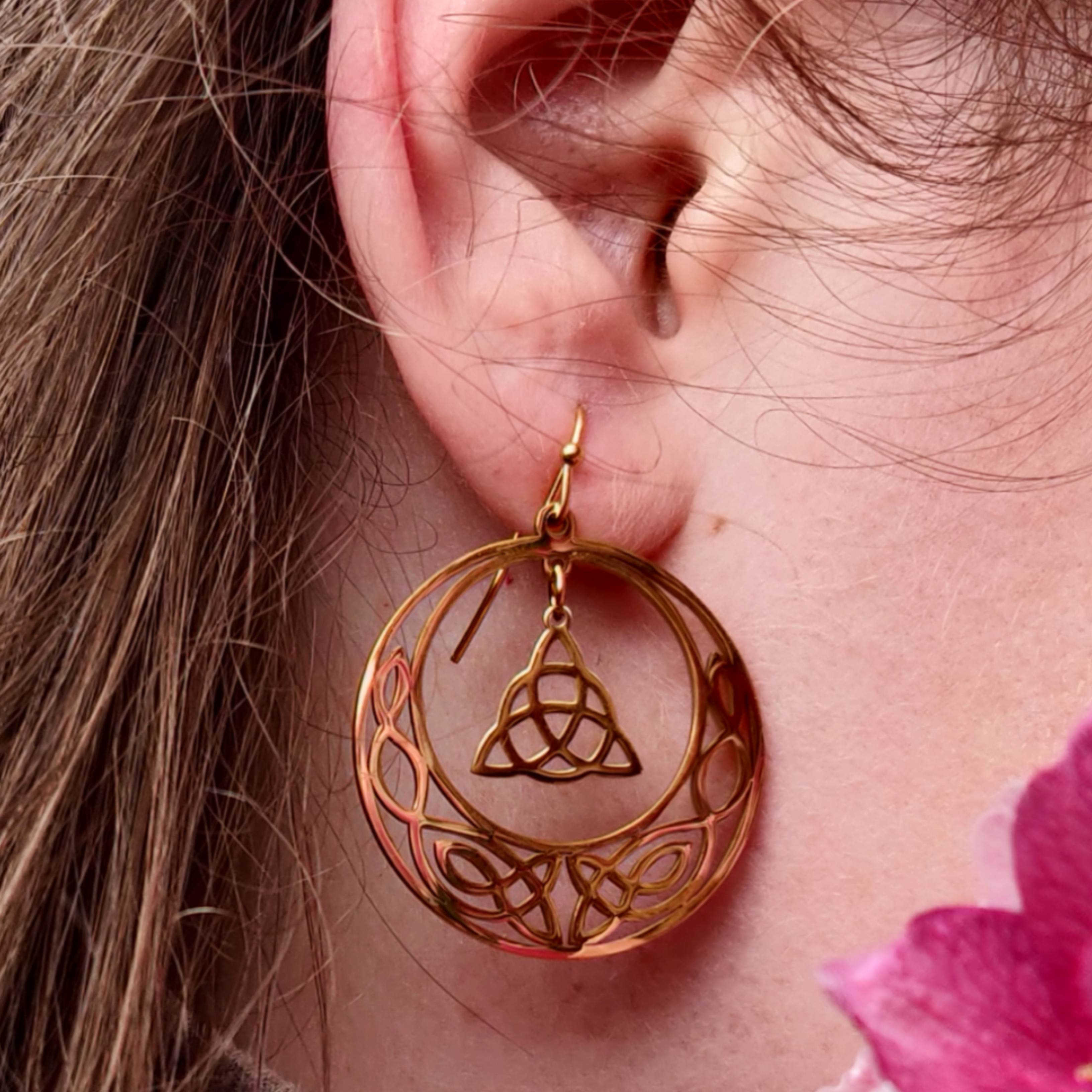
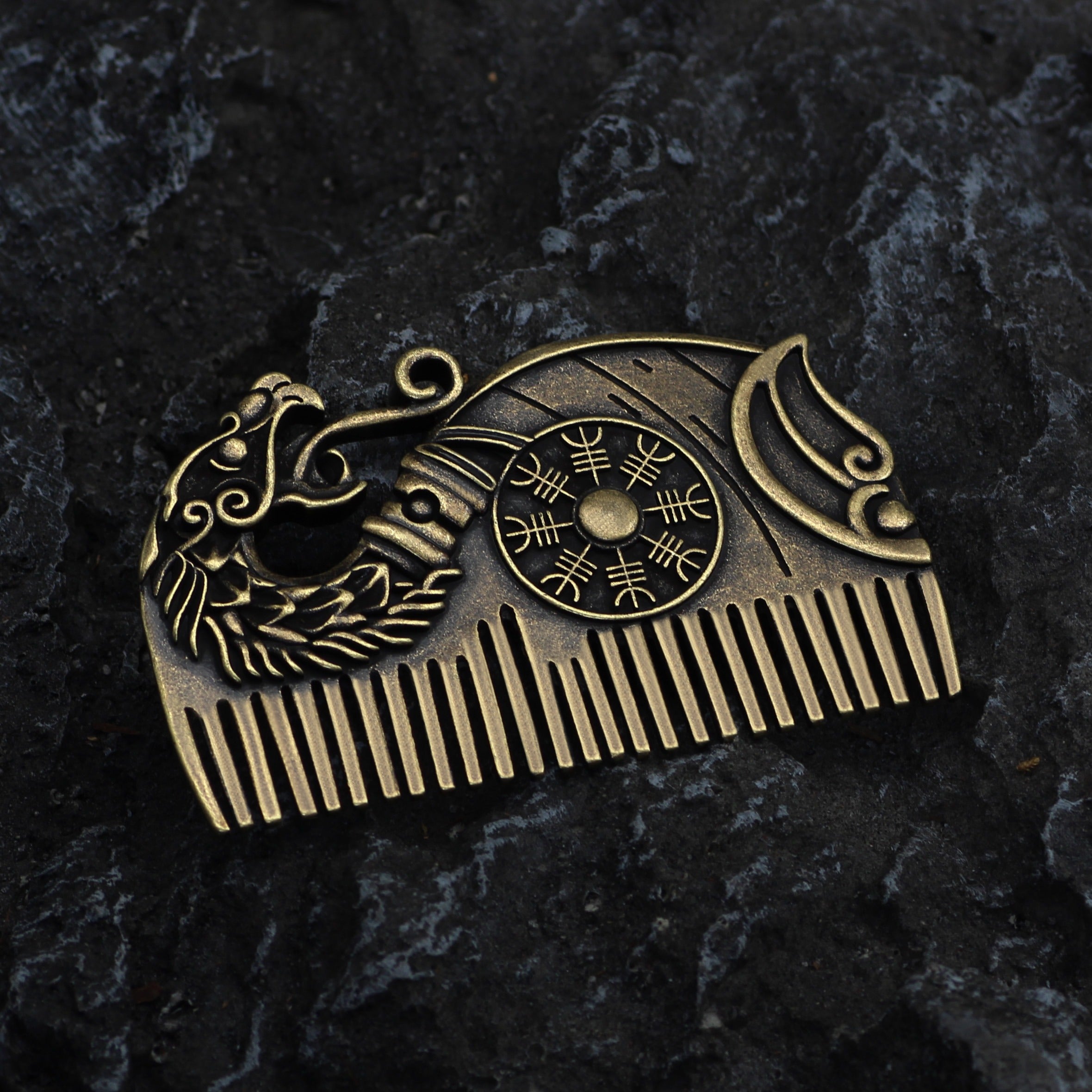
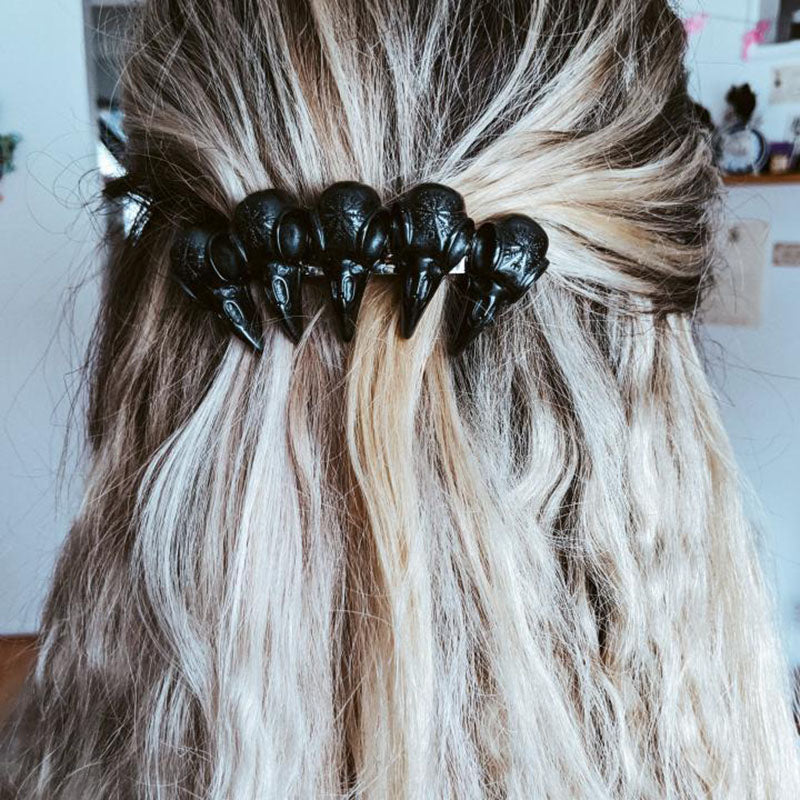
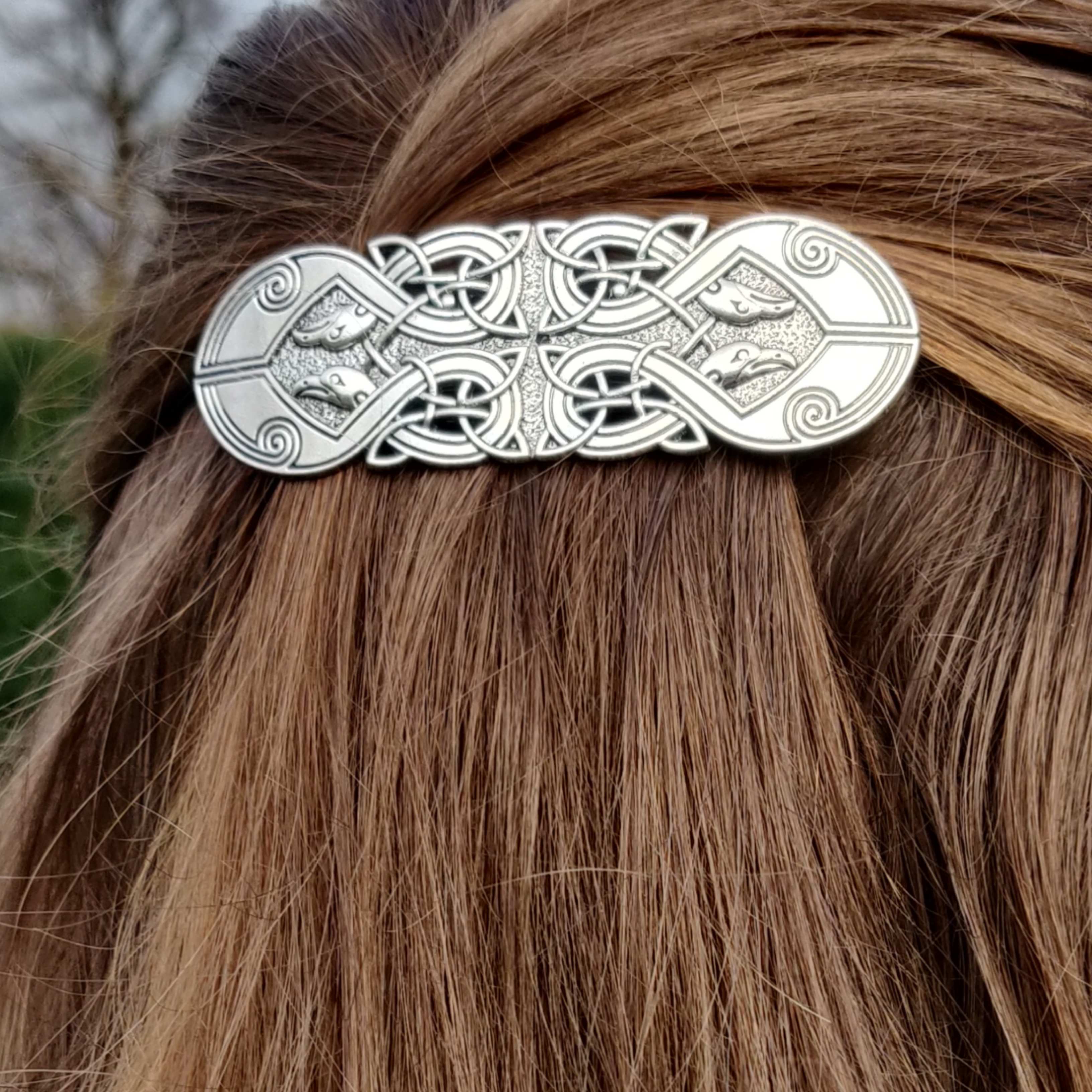

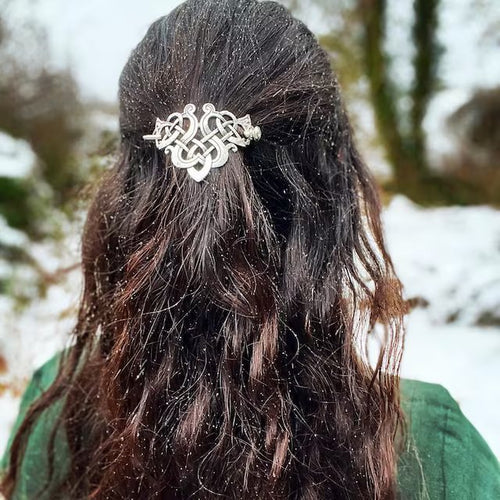
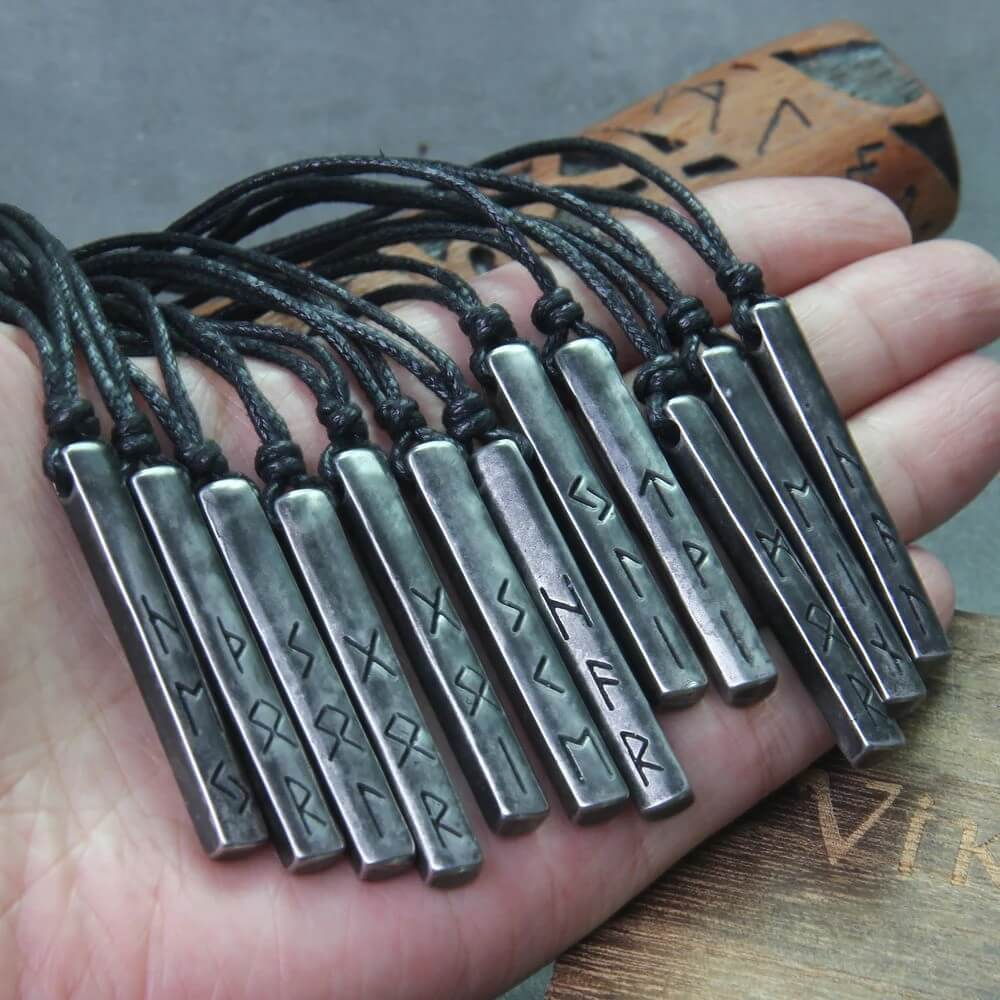
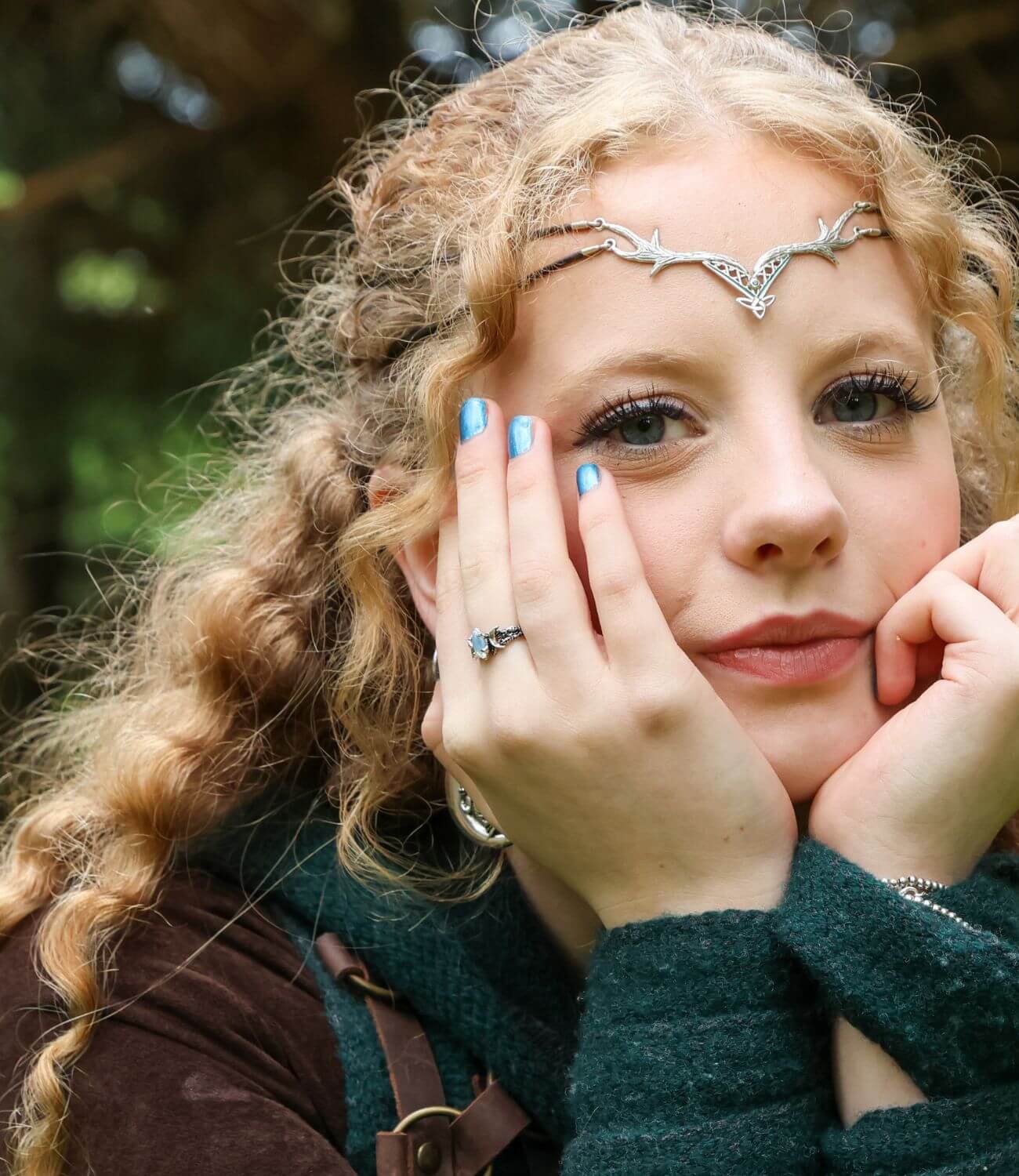


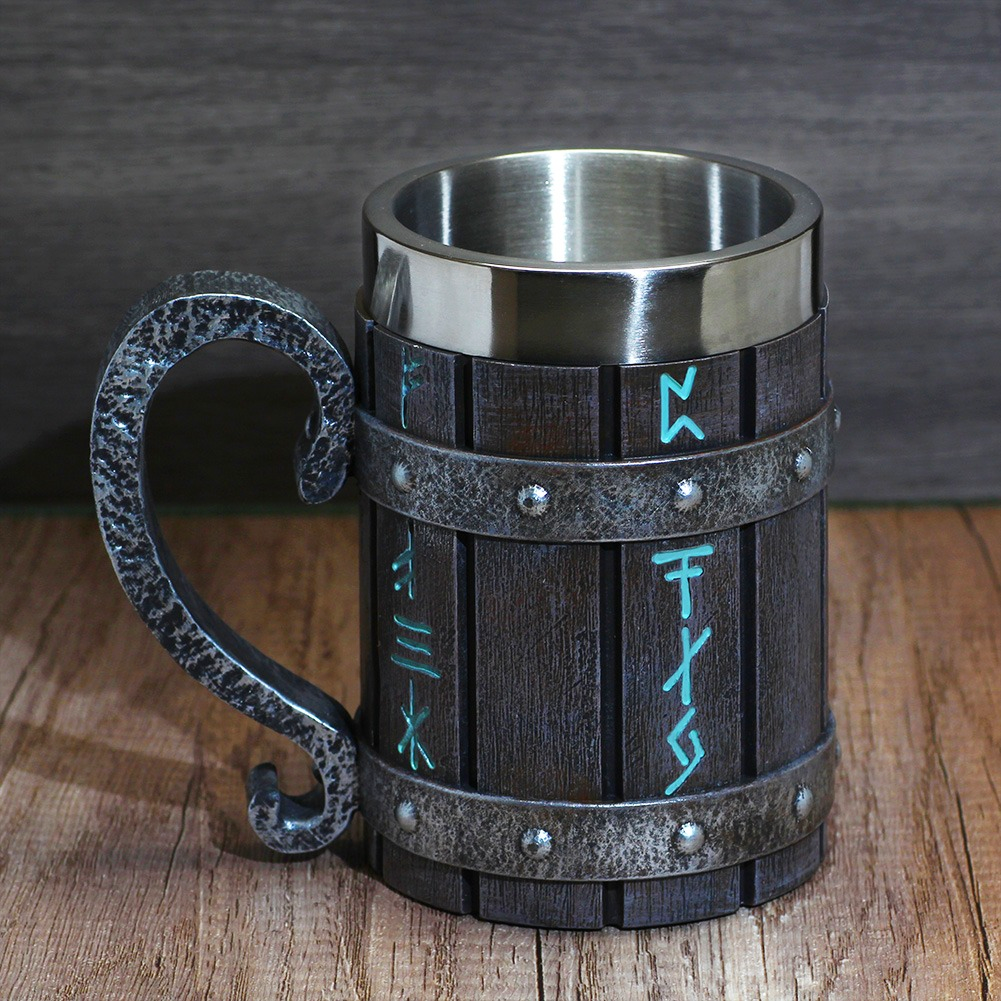

Leave a comment
All comments are moderated before being published.
This site is protected by hCaptcha and the hCaptcha Privacy Policy and Terms of Service apply.